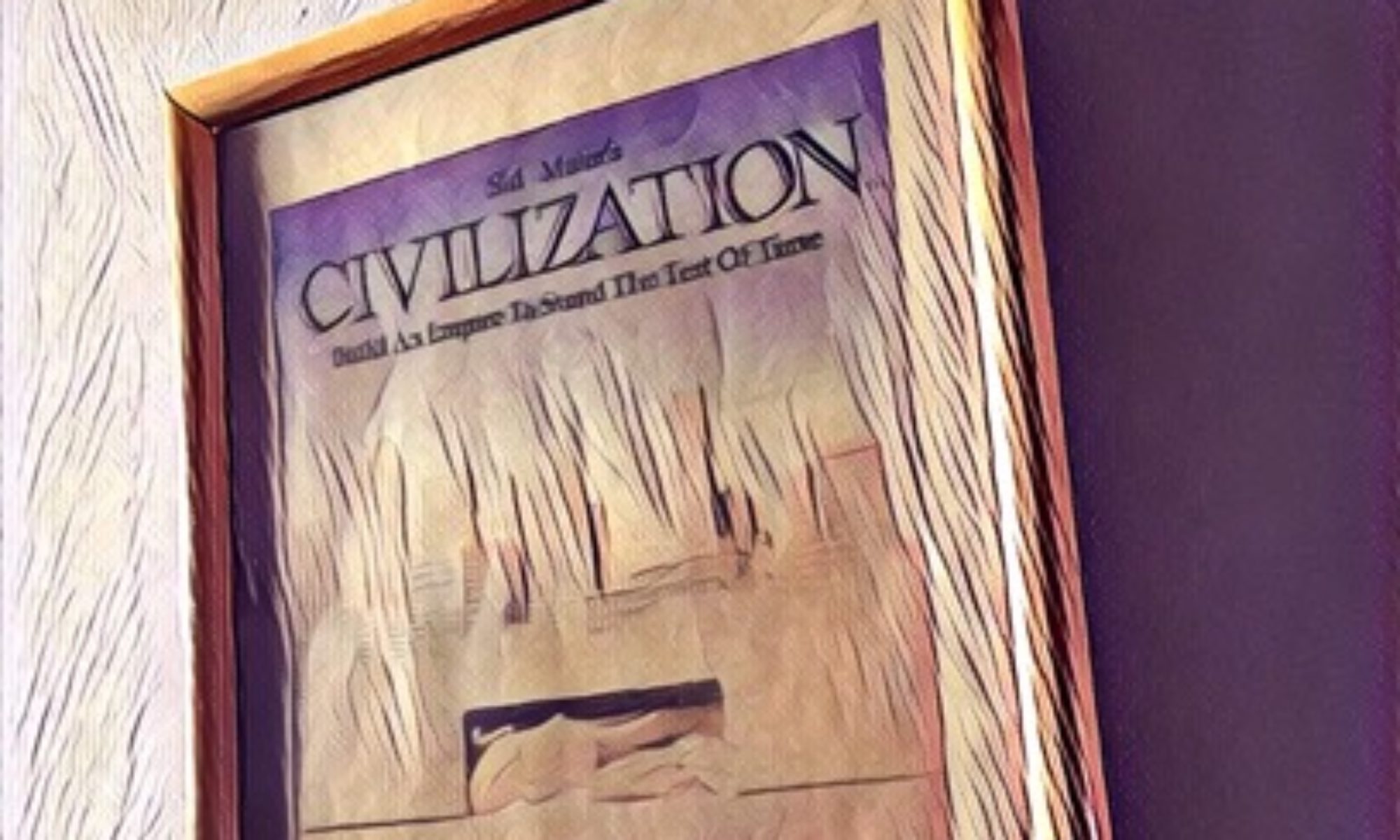The #RiseOfSkywalker began in earnest in 1987, the year of the 10th anniversary #StarWars celebration. Long before #Rey, #Ben aka #KyloRen, #Finn, #PoeDameron and the #KnightsOfRen, #computergame developer and publisher #Domark could not believe its luck when #Atari strangely did not value their Star Wars arcade game license highly.
Acquired at an undisclosed bargain price, Domark immediately staked out #Christmas 1987 for a massive multi-platform launch on everything that had 8 or 16 bits: #C64, #Amstrad, #Spectrum, #AcronElectron, #BBCMicro and #Enterprise64. Now the original Star Wars Arcade Game saw the light of day in 1983, when #ReturnOfTheJedi closed the #OriginalTrilogy cinematically. Atari‘s game retells the feverish race to destroy the #DeathStar before its deadly rays snuff out #PrincessLeia‘s fledgling #Rebellion. Divided into three stages, future Jedi Knights assume the role of Rebel Pilot Red Five, sharing #LukeSkywalker‘s callsign.
See a Star Wars photo gallery on Instagram
First, gamers weave through waves of Imperial #TIE Fighters. Following an approach on the massive #spacestation, players zoom across its heavily armed surface, taking out turrets and cannons in Force-guided abandon. The third and last stage recreates the heart-pounding #TrenchRun: Arcade pilots need to keep their Force together dodging hails of anti-spacefighter fire and obstacles until at long last the infamous exhaust port – added to the Death Star design deliberately by Galen Erso, Jyn‘s father in 2016’s #RogueOne – is reached and two slyly deployed torpedoes blast the Imperial battle station to oblivion.
Decked out in elegant, razor sharp and lightning fast 3D wireframe vector graphics, speech samples and authentic sound effects from the #AcademyAward-winning, blockbusting, record-breaking space #opera, Star Wars – The Arcade Game instantly attracted scores of games around the world.
#ParkerBros had ventured to translate this technological marvel to the puny consoles of 1983, the #AtariVCS and the #ColecoVision, as well as the #AppleII and #C64 home computers. Parker Brothers flattened the first stage to a sprite-based shooting gallery. Stages two and three nevertheless came off as rather impressive renditions of the vector-based original, a technical marvel at its time.
See a Star Wars photo gallery on Instagram
Four years later, it was Domark’s turn. The Brits were intent on translating the full experience of the 1983 classic. Vector graphics maestros Vektor Grafix coded the commendable 8 bit versions, whereas 16 bit platforms were handled by programming wunderkind Jürgen Friedrich. Friedrich would later also put his talents to good use converting Atari’s #HardDrivin and #RaceDriving. In a galaxy far, far away, Domark’s perfectly timed Christmas release was a success without equals. Although the breadbin version faced criticism for its strobe-like animation, all conversions translated the entire arcade game to homes in Europe; Amiga and Atari ST owner were even treated to full digital sound and speech effect suppprt, with TIEs roaring poignantly in many a computer gamer’s home.
X-Wings travelled across the pond in 1988 when American publisher #Brøderbund secured US distribution rights to release Domark‘s Star Wars conversion in the #UnitedStates, pictured in this post.
Although much of this seems so long ago, you know it is all right here, right now as you are sliding your finger across the worn box, thinking of the homework you never did to aid the Rebel Alliance. When you thought you were Luke Skywalker, every generation‘s hero – denied continuation by the corporate entertainment industry today – when you took solace in the fact that Luke was right there, on your bed sheet, your lunch box, in your action figure case and in Domark‘s marvellous conversion.
Thank you Domark, George Lucas and Mark Hamill, for our Star Wars heroes and memories that will never end.

